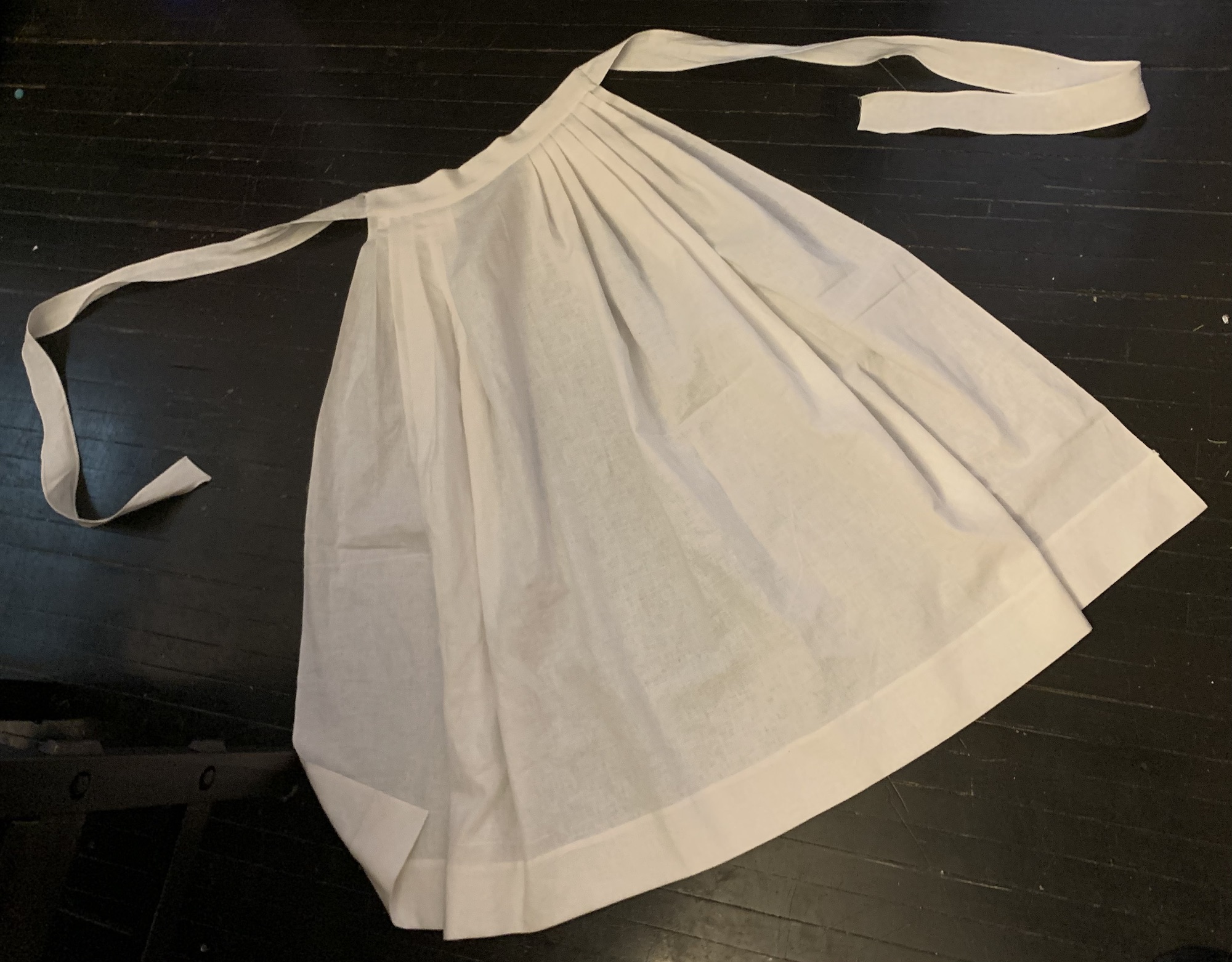| My Iron |
But, hopping up and down betwixt machine and your pressing station to iron away at this piece and that bit can a) be tiring, b) time consuming, c) make your sewing area hot with a constant source of heat, and d) waste energy if you have to leave the iron turned on constantly.
Obviously, it can be wasteful of electricity (and likely your bank balance too in the very long term!) to leave your iron turned on all the time. Of course modern iron-models automatically switch themselves off after a certain waiting period; this is for both reasons of health & safety, and to conserve energy - so this can take the worry out of leaving a potential fire hazard on all the time!
You could of course try to remember to switch-off the iron by hand every time you visit your ironing board (but you might loose time waiting for it to re-heat up on your next go). Or, you can try to "work smarter" and arrange your order of construction so that you press as many pieces that require it at the *same time. (*This is something I am working towards on all new projects as it seems to increase my work flow, and I also prefer not getting up and down all the time between sewing each step in the pattern instructions).
If, like me you have a typical domestic iron (and not one of those super-duper heavy duty professional tailor's über steamy type models) then turning it off all the time is a pain in le derrière. For my own iron there is no on/off switch - just the dial to adjust the heat setting (plus the steam settings slider/knob) and to turn it on you plug it into the mains electrical socket. Turning my iron off - means crawling down near the floor to reach the power-socket behind my pressing board - definitely not my idea of fun if you have to do it upmteen times an hour. At least my model has a fast heat-up time though :) (I've got the 'Philips Azur GC4870/02 Steam Iron'.)
My Iron... Adding an On-Off Switch
Disclaimer:
Electricity is dangerous stuff - fact! This post is in no way a
tutorial, or a set of instructions on how to carry out alterations or
repairs to your iron(s) or other electrical appliances. I do
not accept any responsibility or liability whatsoever for any losses,
damages, injuries, accidents (or any other outcomes) to persons,
possessions or to property as a result of anyone reading my post (or my
photographs/images) who has then duplicated in full (or in part) my
alterations (as shown here and/or elsewhere) upon their own (or upon
someone else's) equipment. Persons who do so, do so entirely at their
own risk and liability. Electrical work and repairs should always be carried out by an appropriately qualified, registered and insured professional.
So, I thought to myself "How can add an on/off switch to my iron - but without ruining it?". And, I had this bright DIY idea :) ! Add a switch to an extension lead, plug my iron into the modified extension + turn it on/off with only one finger easy-peasey! No need to unplug each time to turn off my iron (which for me needs 2 hands + crawling on the floor each time).
So, I bought this 1-Gang trailing mains extension socket for only £3.35 GBP ($5.20 USD) + an in-line **switch (sometimes called a thru-switch / cord switch) too
**The 3-core type, so it can accommodate the UK wiring for Live (Brown), Neutral (Blue) and Earth (Yellow/Green) - plus it needs to be the correct Amp-rating for the iron (so 13A in this instance).
And, last night I (with much help from Hubby when the screws wouldn't co-operate LOL!) cut the cable into 2-pieces a few inches (maybe 7-10cm) from the socket-end.
Then, we stripped back the outer plastic, and wired it all together (very similar to my Sewing Machine Surgery last April).
Another cool option could be an in-line floor switch! You'd then be able to use your foot to turn off your iron - no bending down see :) !
And, last night I (with much help from Hubby when the screws wouldn't co-operate LOL!) cut the cable into 2-pieces a few inches (maybe 7-10cm) from the socket-end.
Then, we stripped back the outer plastic, and wired it all together (very similar to my Sewing Machine Surgery last April).
Another cool option could be an in-line floor switch! You'd then be able to use your foot to turn off your iron - no bending down see :) !
Image Source: http://www.kingschandeliers.co.uk






.jpg)



























































.jpg)







